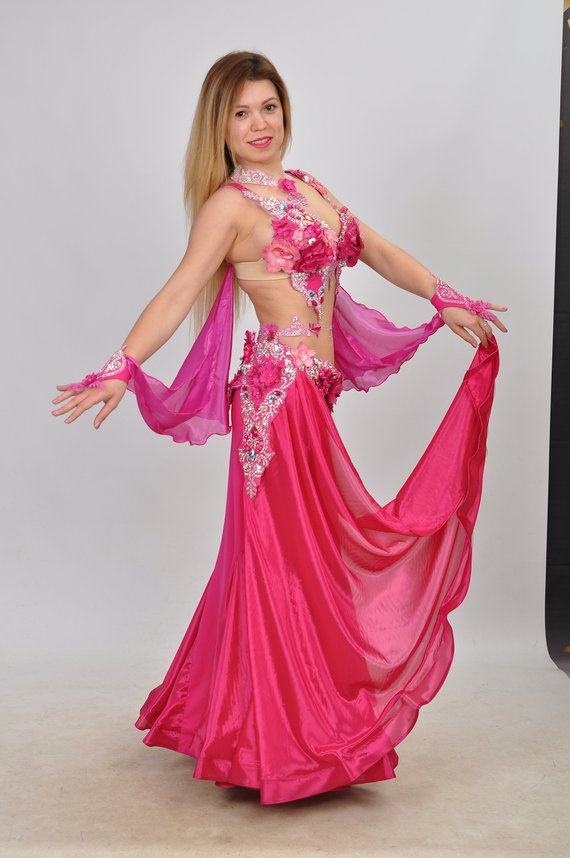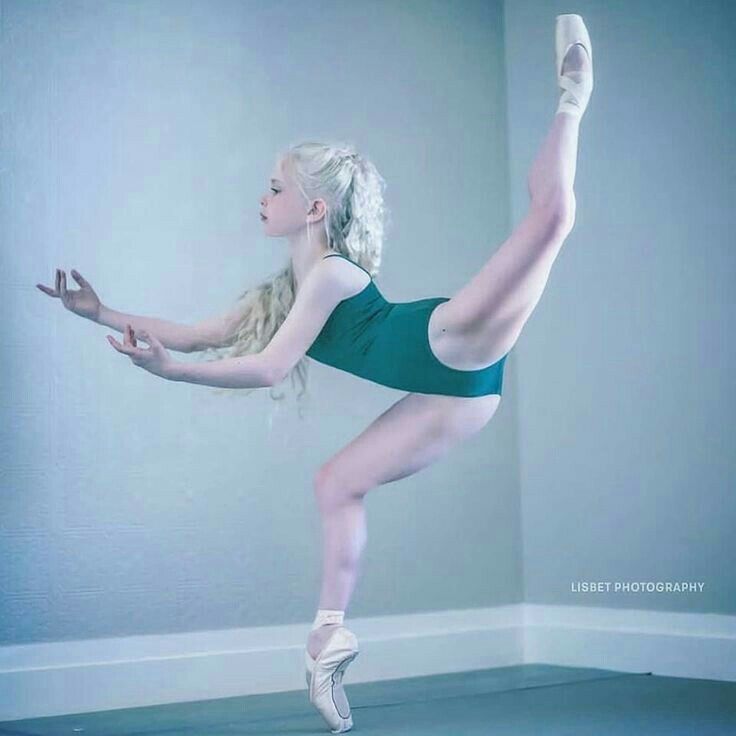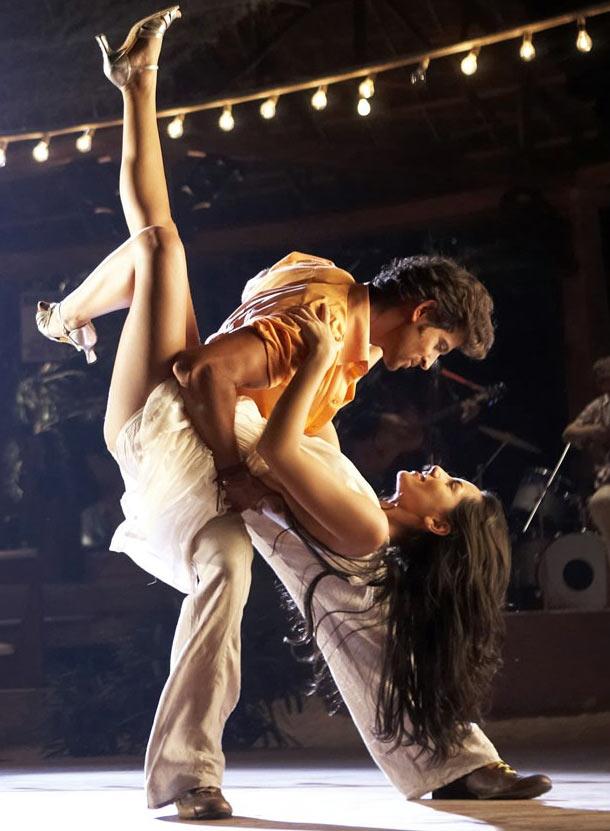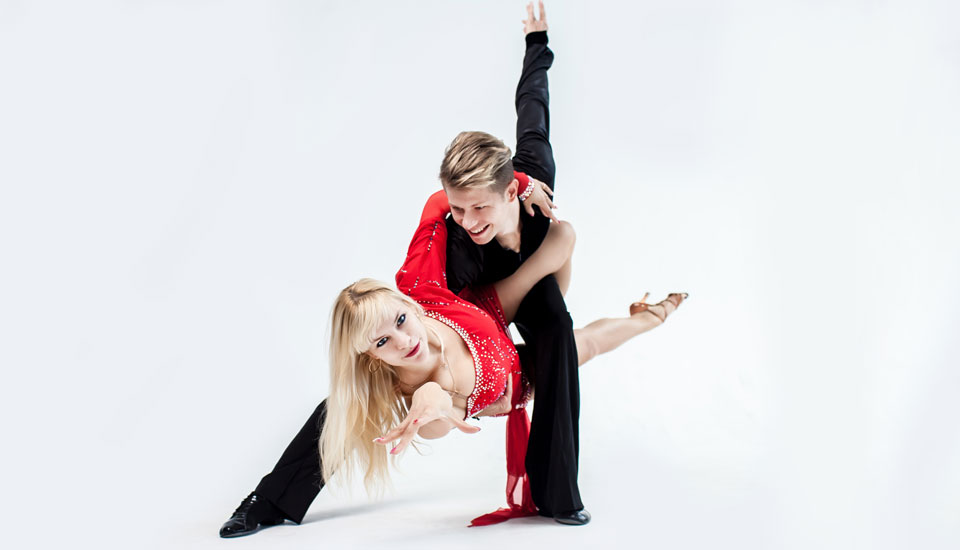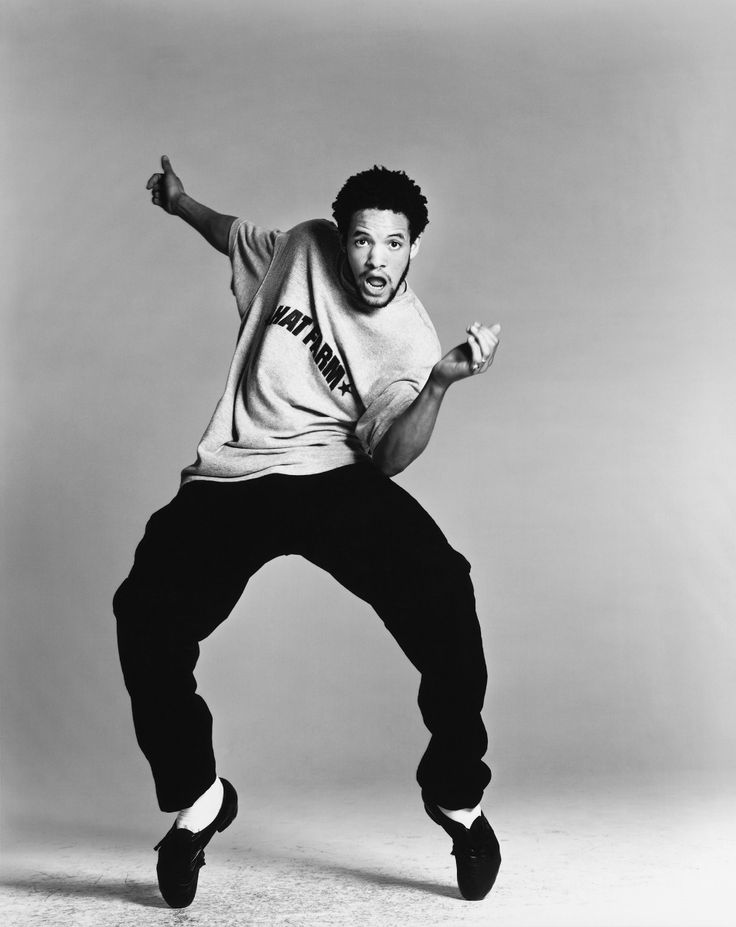How many dance forms are there
21 List of Dance Moves Names with Pics
Dance and human civilization are bonded together since the beginning of the human race. With centuries passing by, Dance has become one of the important tools for recreation, entertainment, health, preserving social interactions, religious ceremonies, and also in celebrating events etc. Dancing also served as a way of expressing human thoughts and emotions and also as a means of communication. These days, people chose dancing for various purposes like continuing the family legacy, improving the physical and mental health, as an occupation etc. With the increasing demand in creativity, dance forms also emerged quickly, and now in the present day, we have different dance forms based on different regions, cultures, religions, etc. Here in this article, we show you different types of popular dances present in the world.
A. Indian Classical Dance(Nritya):
Indian classical Dance or popularly revered as “Shastriya Devesh” in the religious Hindu Musical theatre styles whose scripted theories and practices can be identified from the Sanskrit text Natya Shastra. In Hindu religion, it is believed that Kala Bhairava (Lord Shiva) is considered as the master of Dance and hence he is worshipped as Nataraj. Indian classical dances were performed as a religious art inside the sanctum of the Hindu temple or nearby it. There are 8 recognized Indian classical dances by The Sangeet Natak Academy.
- Bharatanatyam from Tamil Nadu
- Kathak from Uttar Pradesh
- Kathakali from Kerala
- Kuchipudi from Andhra Pradesh
- Odissi from Odisha
- Sattriya from Assam
- Manipuri from Manipur
- Mohiniyattam from Kerala
See More: Fashionable Dance T-Shirts
B. African-American Dance:
African-American Dance was started by the black people in America. Before slavery ended in America, many Africans were transported to America as slaves. Soon after the slavery ended, the Africans started to perform their native Dance with a flavor of American moves making it popular as an African-American Dance style. Placing great value on improvisation, these dances are characterized by ongoing change and development. Even today, most of the black Americans perform this style. Some of the famous personalities who performed this dance style are Micheal Jackson and Misty Copeland. Some of the African-American dance styles performed today are
Placing great value on improvisation, these dances are characterized by ongoing change and development. Even today, most of the black Americans perform this style. Some of the famous personalities who performed this dance style are Micheal Jackson and Misty Copeland. Some of the African-American dance styles performed today are
- Break Dance
- Tap Dance
- Swing
- Hip-Hop
- Disco
- Moon Walk
C. Novelty or Fad Dance:
Novelty or fad dances are typically characterized by a quick burst of popularity. Some of these dances may get a longer-lasting life. These are also called as trendy dances or crazy dances which becomes popular overnight. These type of dances were initially started by African-American communities on the streets, in clubs, and in discotheques dancing with some loud and energetic music. There are fad dances that are meant to be danced individually calling them as solo dancers, some with partners, some with groups.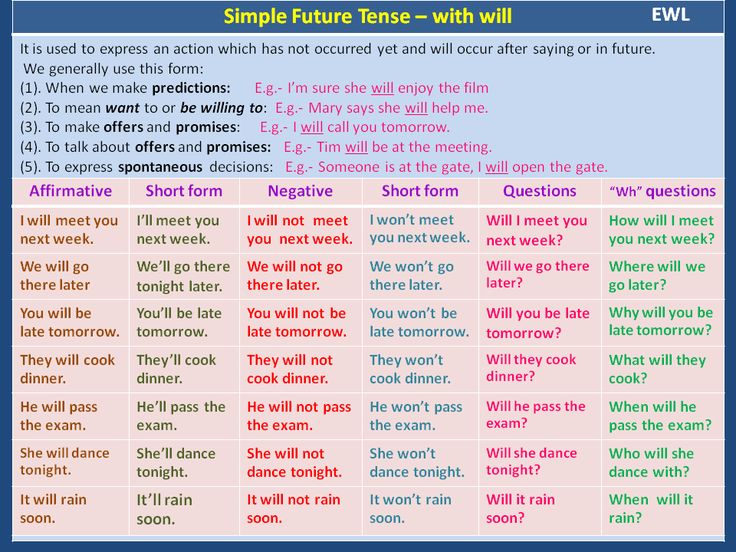 Some of these Novelty or fad dances were freestyle type, i.e., there were no particular dance steps or pattern. Some of the well-known Novelty/Fad dances are
Some of these Novelty or fad dances were freestyle type, i.e., there were no particular dance steps or pattern. Some of the well-known Novelty/Fad dances are
- Bunny Hop
- The Carlton
- Gangnam Style
- Level Up
- The Smurf
- Moon Walk
D. Ceremonial Dance:
This is a type of Dance performed during any ceremonies or for any religious rituals. This type of Dance is also called as ritual Dance or festival dance. Ceremonial Dance is often related and overlaps to sacred Dance and ecstatic dance type. This type of Dance is usually performed to uplift the community spirit. The ceremonial dance type is different for different religions and also different in different regions (countries or places). Some of the best known ceremonial dances are
- Indian Classical dances like Bharatnatyam, Kuchipudi, Kathakali etc
- Hadra dances and Sufi Whirling in Islam religion
- Dances in Ancient Egypt
- Long Sword dance in England
- Morris dancing
- Rapper dance
- Ritual dancing of China
- Dances of Universal Peace
E.
 Social Dance:
Social Dance:It is a non-competitive, partner dancing that is relaxed, informal, and danced for the enjoyment and entertainment of the partners that are intended for participation rather than performance. Social dancing is less formal than exhibition dancing and is meant to be enjoyed while socializing. Social dancing is usually performed or enjoyed in wedding receptions, business functions, nightclubs, or informal gatherings. Some of the best known Social dance types are:
- Waltz
- Line Dancing
- Minuet
- Tango
- Swing Dancing
- Hasapiko Dancing
- Cha-Cha
- Samba
- Nightclub Freestyle
F. Latin/Rhythm Dance:
Latin Dance is a partnered dance style that is united by their place of origin- Latin America. This type of Dance is invariably passionate and rhythmic while performing. Latin dances hail from various countries in North and South America and also has European, and African influences. Latin Dance is known for passion, the fire, and the energy and because of these reasons, most of them started making this a hobby of learning Latin Dance, that also benefits from cutting down some pounds in your body.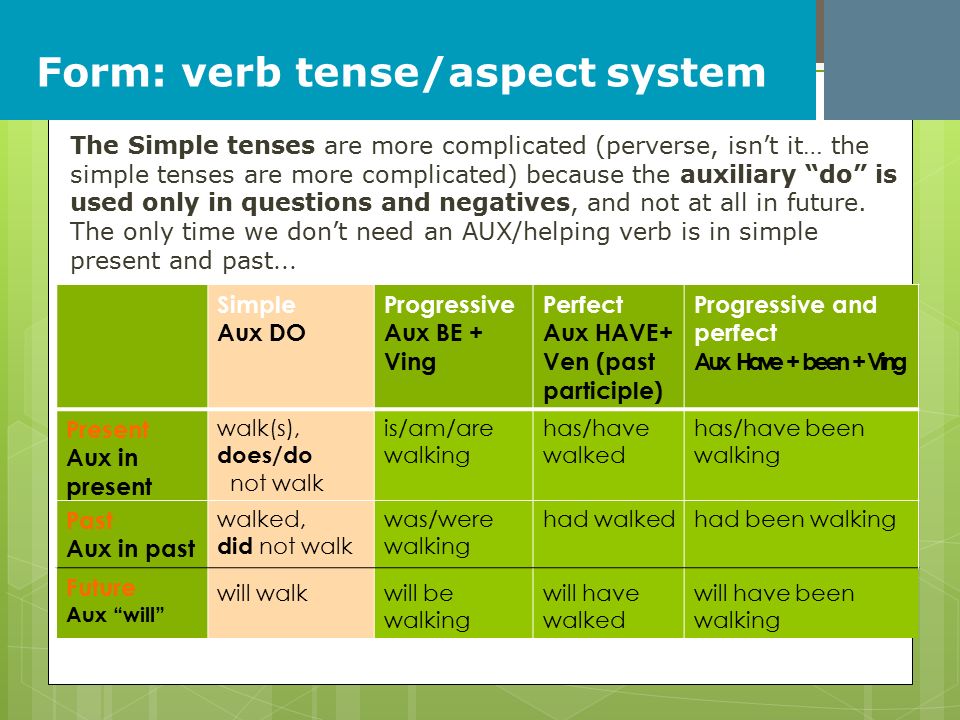 Today, following the music, rhythms, and movement history, Latin Dance evolved over time and has many Latin styles. Some of them are:
Today, following the music, rhythms, and movement history, Latin Dance evolved over time and has many Latin styles. Some of them are:
- Slasa
- Bachata
- Samba
- Rumba
- Cha-Cha-Cha
- Jive
- Paso Double
- Zumba
G. Street Dance:
Street dance is a type of dance style that has been evolved outside the dance studios. These dances are performed on the streets, parks, block parties, clubs etc. In fact, these dances originated at different times and places. For example, Breaking is said to evolve in the 1970s in New York. Nowadays the terms “street dance” and “Hip Hop dance” are often used to refer to a studio-based version of the forms which came about after established teachers and choreographers of Jazz, Ballet and Contemporary tried to copy the “street” styles when they were popularized. Some of the styles of street dances are:
- Hip-Hop
- Break Dancing
- Jerking
- Locking and Popping
- Electro Dance
- Tutting
- Clogging
21 Most Popular Types of Dance Forms Names:
Dance is an art that is practiced or performed by different sets of people in different ways. Hence Dance can be classified based on country, region, ethnicity, styles etc. For example, in India, there are certain classical dances that are quite famous and in other regions like Brazil has its own traditional Dance. But, there are some dances which are extensively performed and practiced all over the world. Here is a list of some of them.
Hence Dance can be classified based on country, region, ethnicity, styles etc. For example, in India, there are certain classical dances that are quite famous and in other regions like Brazil has its own traditional Dance. But, there are some dances which are extensively performed and practiced all over the world. Here is a list of some of them.
1. Ballet:
Ballet dance has its origin from Italy. The term ballet means to “dance.” This is usually accepted all over the world as one of the most artistic forms of entertainment enjoyed by all ages. This Dance is the combination of choreography and art, scenic design, lighting, costume, graceful movements with light classical music. These days the traditional ballet dance is replaced with new modern forms of ballet dance styles. Some of the forms of ballet dance are classical ballet, contemporary ballet, neoclassical ballet etc. This type of Dance is not difficult to learn once you have identified your passion for it.
2. Bharatnatyam:
Bharatnatyam is an Indian classical dance form having its origin in Tamil Nadu.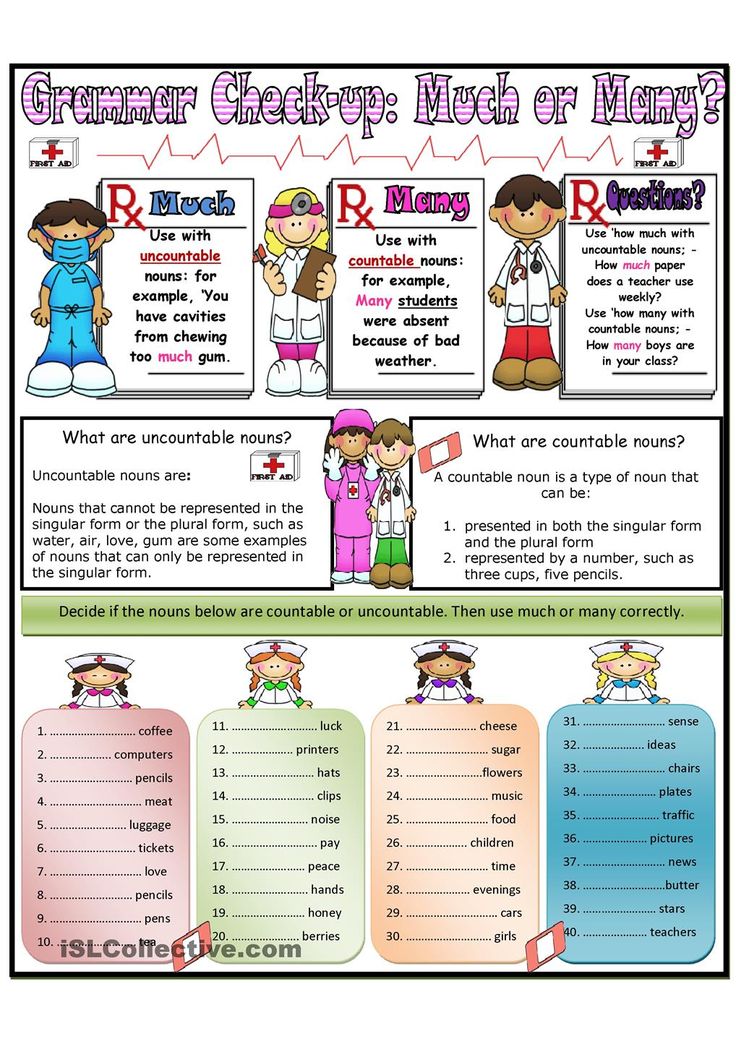 It is a dance form practiced by both males and females. It is known among all for its tenderness of graceful expressions and posses and beauty of the dance steps. Dancers wear anklets while performing which consists of numerous copper bells attached. Dancers must excel in the art of perfect ringing of bells in the anklets and must also have proper control over it. Bharatnatyam is one of the well-known types of Dance in India.
It is a dance form practiced by both males and females. It is known among all for its tenderness of graceful expressions and posses and beauty of the dance steps. Dancers wear anklets while performing which consists of numerous copper bells attached. Dancers must excel in the art of perfect ringing of bells in the anklets and must also have proper control over it. Bharatnatyam is one of the well-known types of Dance in India.
3. Kathak:
In types of Indian Dance, Kathak is one which originated in the north Indian land. Among the many dance name list, Kathak is one beautiful form of art. Nomadic bards of ancient Northern India are known to lay down the foundation of this dance form. They were known as storyteller or Kathakars. The performers usually wear the famous Lehenga Choli costume while dancing. Even the copper bells used in Bharatnatyam are used in this dance form.
4. Break Dance:
Breakdance also knew as a street dance was originated by Puerto Rican Youths and African Americans. This dance form consists of four major movements – power moves, down rock, top rock and freezes. This is a modern kind of Dance that involves abstract body steps, that may or may not convey anything. It is usually practiced by the youth.
This dance form consists of four major movements – power moves, down rock, top rock and freezes. This is a modern kind of Dance that involves abstract body steps, that may or may not convey anything. It is usually practiced by the youth.
See More: Types Of Dancing Shoes
5. Lion Dance:
The lion dance is the traditional dance form of Chinese culture. In this form of dance, the performers wear lion costumes and mimic the moves and styles of a lion. This type of Dance is amazing to look at and is completely different from another dance form because you usually cannot see the person behind the costume in this form.
6. Tap Dance:
In this dance form, one needs to tap the shoes on the wooden floor. The shoes are made up of a metallic sole on the heel and the toe facilitating the tapping sound. The two well-known tap dance types are Broadway tap and Rhythmic tap. Tap dancing is also done in Cappella style in which performers need to perform on music created from tapping.
7. Kabuki:
The classical Japanese dance-drama is known as kabuki. This is known for its stylization of performance, and the elaborate and highly complicated make up worn by the performers. Kabuki involves a lot of practice and handling the costume along with the dance steps needs experience. It was one of the major theatrical performance in Japan for about four centuries.
8. Salsa:
It will come in another type of western Dance which almost everyone knows and is performed all around the world. Salsa was originated in New York due to the strong influences of Latin America. Arms are used by the lead dancers to communicate with the followers. In these types of dances, the major expressive movements are done by the lower part of the body that is the hips, the body and legs. The upper body remains at its level. Salsa can be performed in different styles which can be identified on the basis of foot patterns, turns and figures, on the basis of timing, body rolls, dance influence, attitude and the way the partners hold each other while dancing.
Read: Dance Exercises For Beginners
9. Waltz:
The ballroom couple dance performed in closed positions is known as Waltz. This dance form had originated in the country of England during 1816. Several Victorian novels have the mentioning and a perfect description of this dance form. While dancing, the man is required to clasp his arms around his female partner’s waist. This type of modern Dance requires performers to execute delicate and fluid moves and Dance to slow melodic music.
10. Belly Dancing:
One of the unique forms of Dance is belly dancing, and it comes under types of modern Dance. It is characterized by sharp and rolling movements of the abdomen and the hips. This dance form has different types of dance moves depending upon the region and country it is being performed. Movements of the hips and the torso communicate the maximum. Shakira, a famous Latin American superstar, was the one to popularize this form during the 2000s.
11.
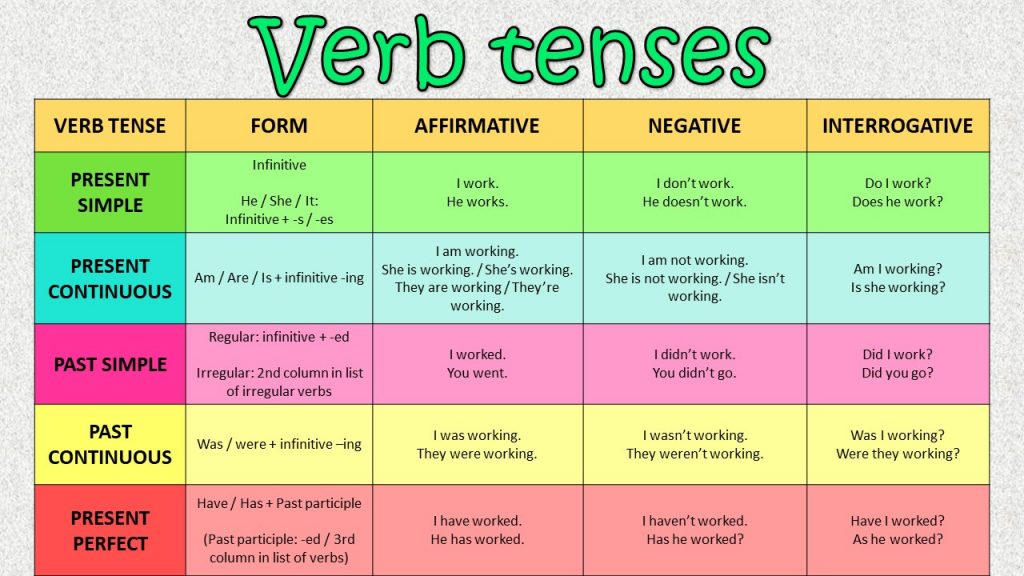 Swing:
Swing:Swing, as the name sounds, is a very interesting dance form. It is a group of dances developed with a swing style danced to the tunes of jazz music during the 1920s – 1950s. Swing is a blanket word to different dances such as Jitterbugs, Boogie Woogie and Lindy hops. This type of dance form is fun, and the performers wear stylish dresses, yet very comfortable.
12. Aerial Dance:
Aerial Dance is slowly becoming very famous these days. This dance form is not easy to perform and requires proper training. It was first performed in the USA during the 1970s. The name clearly indicates that in this form, the performer is required to perform in the air. The dancer hangs from any apparatus which is attached to the ceiling and performs steps in mid-air. It provides a lot of space to develop a new idea and dance moves.
13. Tango:
It is a partner dance originated along with the river Plate during the 1890s the partners in tango follow each other chest to chest with either an open embrace or a closed embrace with a constant touch from the thigh area. Tango is a kind of ballroom dance and began in the working-class port in Uruguay, Argentina and Rio de la Plata.
Tango is a kind of ballroom dance and began in the working-class port in Uruguay, Argentina and Rio de la Plata.
14. Fandango:
Fandango is the primary Dance of Portugal. It involves singing as well as dancing. Dancers tap their feet and quickly keep on changing positions. This dance form is accompanied by castanets, guitars and even sometimes hand clapping.
See More: Zumba Dance For Weight Loss
15. Cancan:
Cancan is very high energy and physically demanding hall dance. It is usually performed by women in a chorus wearing beautiful costumes which are long skirts with black stockings. The main feature of this form is lifting of the long frilly skirt high accompanied by high kicking.
16. Latin Dance:
Latin Dance involves two partners and resembles a ballroom dance. It originated in Latin America. The social Latin Dance in International Dance includes the rumba, samba etc. The History of Latin dance dates back to the fifteenth century when indigenous dances were first recorded by Europeans.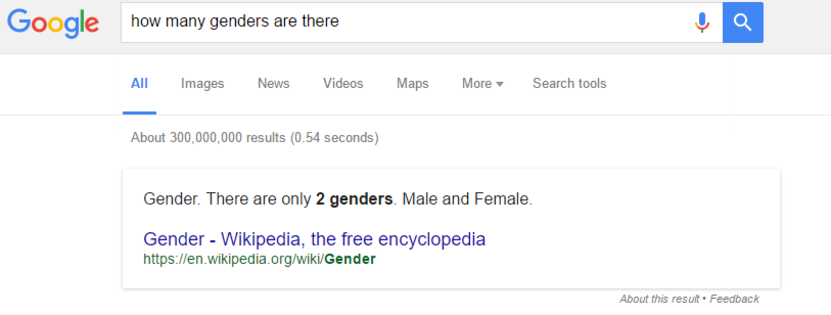 Their dance form is deeply rooted in History and is a must-watch entertainer.
Their dance form is deeply rooted in History and is a must-watch entertainer.
17. Iranian Dance:
Persian Dance or is also known as Iranian Dance refers to the type of dance form, indigenous to Iran. Genres of Dance in Iran usually vary depending on the area, culture, and language of the local people. They also range from sophisticated reconstructions of refined court dances to energetic folk dances. The dance style is rhythmic and pleasing to watch.
18. Azerbaijani Dance:
There are a number of Azerbaijani dances that are practiced and used by the Azerbaijani people of Azerbaijan and the Irani’s of Azerbaijan. Their Dance is engaging, and they differ from other dances and is famous for its quick temp. They are entertaining to watch and is a national interest.
19. Disco Dance:
Disco dance is a type of dance style that is a musical style dating to early 1970s. It began from the USA urban night-life scene, where it had been restricted to house parties. From there on, it began making regular mainstream appearances and gathered popularity. Its popularity was achieved sometime during the mid-1970s to the early 1980s.
From there on, it began making regular mainstream appearances and gathered popularity. Its popularity was achieved sometime during the mid-1970s to the early 1980s.
20. Folk Dance:
Folk dance is a typical form of Dance that is usually extensively performed in rural areas. It talks of the folklore of the village plight. It is a traditional type of Dance pertaining to one set of people or community. The costumes are interesting and usually depict the traditional dress of the community.
21. Electronic Dance:
This style of Dance is also known as Electronic Dance Music (EDM). This style started in Northern Europe during the 2000s and has become very popular in the next decades. This Dance is typically performed to electro house music based on different dance styles like disco, hip hop and freehand glow sticking.
[See More: Various Kinds of Kisses]
Dance is an art that has been practiced since ages for different purposes. In ancient days, History tells us that Dance was performed by only a set of families in front of the kings and in the temples for the purpose of entertainment.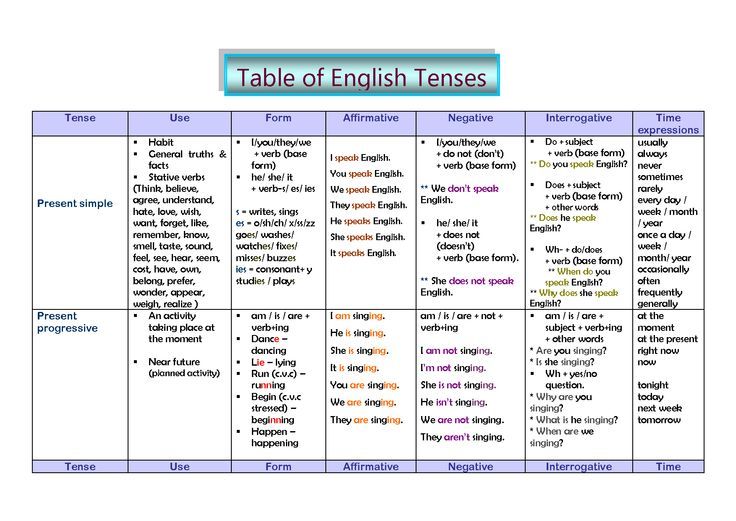 Modern-day Dance has evolved in different forms and for different purposes such as Dance as an art, as social bonding, as a career, for health, as relaxation and recreation etc. If you are planning to start dancing, choose any of the above-mentioned styles that can suit your needs. Make sure that you start dancing in the presence of a professional because any mismatch can strain your body or maybe dislocations in your body.
Modern-day Dance has evolved in different forms and for different purposes such as Dance as an art, as social bonding, as a career, for health, as relaxation and recreation etc. If you are planning to start dancing, choose any of the above-mentioned styles that can suit your needs. Make sure that you start dancing in the presence of a professional because any mismatch can strain your body or maybe dislocations in your body.
Disclaimer: The above article is intended for information purpose only and should not be construed as professional advice. If you are a beginner, it is recommended to practice or perform in the presence of a professional only.
10 Most Popular Types of Dance
Dance has been a part of human culture since the very earliest communities and civilisations, with recorded evidence of dancing being found dating back to 30,000 years ago.
Since then, different dances have changed, merged and evolved into what we know today as the most well-known dance genres.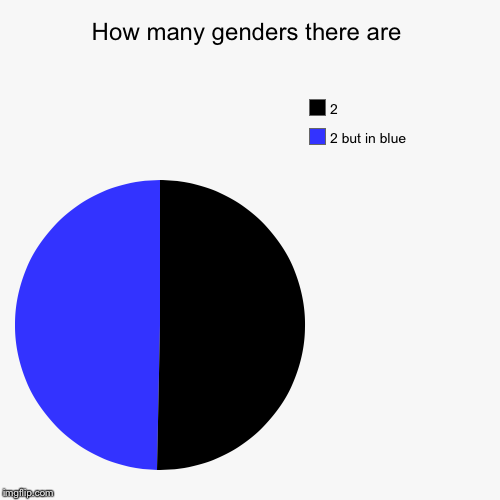
Here is a list of the most popular types of dance:
1. Ballet
2. Ballroom
3. Contemporary
4. Hip Hop
5. Jazz
6. Tap Dance
7. Folk Dance
8. Irish Dance
9. Modern Dance
10. Swing Dance
Ballet
Ballet dance developed during the Italian Renaissance, before evolving in France and Russia into a concert dance meant for public performance. This is in the form of a ballet, in which the dance is choreographed with classical music.
Ballet productions vary between using elaborate costumes and staging and using minimal costuming and bare staging.
Ballet is now a widespread, highly technical form of dance with many subgenres including classic, romantic, neoclassical and contemporary.
With six core recognised methods: the Cecchetti method, the Bournoville method, the Vaganova method, the French School, the Royal Academy of Dance method and the Balanchine method, ballet is studied professionally at top dance schools all over the world.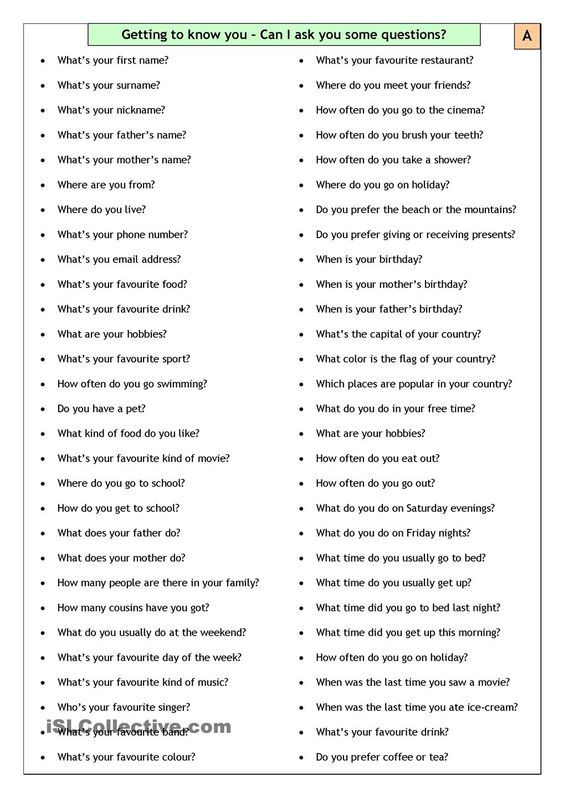
Harlequin Floors have developed a range of specialist ballet dance floors providing enough traction to prevent injury while still allowing for fluid movements demanded by ballet dancing. Harlequin Cascade is one of our most popular ballet dance floors and can be laid over many of our sprung floors.
Harlequin Floors also offer professional ballet barres available as either permanent wall mounted, floor mounted or freestanding barres.
Scottish Ballet on Harlequin CascadeBallroom
Ballroom dance is a type of partner dance originating at the end of the sixteenth century in France. Commonly used as shorthand for any partner dance, ballroom has today evolved into two main subgenres – standard/smooth and Latin/rhythm.
Dances within these categories include the waltz, tango and foxtrot, and pasodoble, bolero and samba.
Ballroom is a popular form of competitive dance, or dancesport, with competitions being held all over the world.
With several sub-categories to ballroom dancing, dancers require a versatile floor. Harlequin Fiesta and our specially crafted Harlequin Liberty Ballroom dance floor offer an excellent versatile dance floor for all styles of ballroom dance.
Harlequin Fiesta and our specially crafted Harlequin Liberty Ballroom dance floor offer an excellent versatile dance floor for all styles of ballroom dance.
Harlequin Liberty Ballroom is the used by the BBC’s ‘Strictly Come Dancing’ and Professional World Ballroom Dance Champion, Christopher Hawkins.
Dance Against Dementia | Night of 100 Stars on Harlequin Liberty BallroomContemporary
Developed during the mid-twentieth century, contemporary dance is now one of the most popular and technical forms of dance studied and performed professionally, especially in the US and Europe.
Drawing on classical, modern and jazz dance styles, contemporary dance has evolved to incorporate many characteristics of a broader range of dance forms.
Known for its emphasis on strong torso and legwork, contract and release, fall and recovery and floor work, it is often known for unpredictable and disordered changes in speed and rhythm throughout a performance.
Contemporary dancers therefore require a shock-absorbing surface to protect their feet, legs and ankles from rapid movements and changes in rhythm. Harlequin’s innovative ‘triple sandwich’ Harlequin Activity sprung floor can be paired with several of our vinyl dance floors, to create the ideal surface for contemporary dance.
Harlequin’s innovative ‘triple sandwich’ Harlequin Activity sprung floor can be paired with several of our vinyl dance floors, to create the ideal surface for contemporary dance.
Hip-Hop
Hip-hop dancing refers to a range of street dances that developed in relation to hip hop music and culture. Hip-hop dancing dates back to the early 1970s in New York and California, evolving out of Funk and the development of break beat.
Main styles of hip-hop dancing include Breaking, Locking and Popping, with derivative styles emerging out of these including Memphis Jookin’, Turfing, Jerkin’ and Krumping. These were often popularised and made mainstream after being featured in music videos of the time.
Today, hip-hop is performed in outdoor spaces, in dance studios and competitively.
Unlike many competitive dance styles, hip-hop is often improvisational with dance crews challenging each other to dance battles.
At Harlequin Floors we have created Harlequin Freestyle, a specialist dance floor designed specifically to meet the unique demands of Hip Hop and other street dance styles.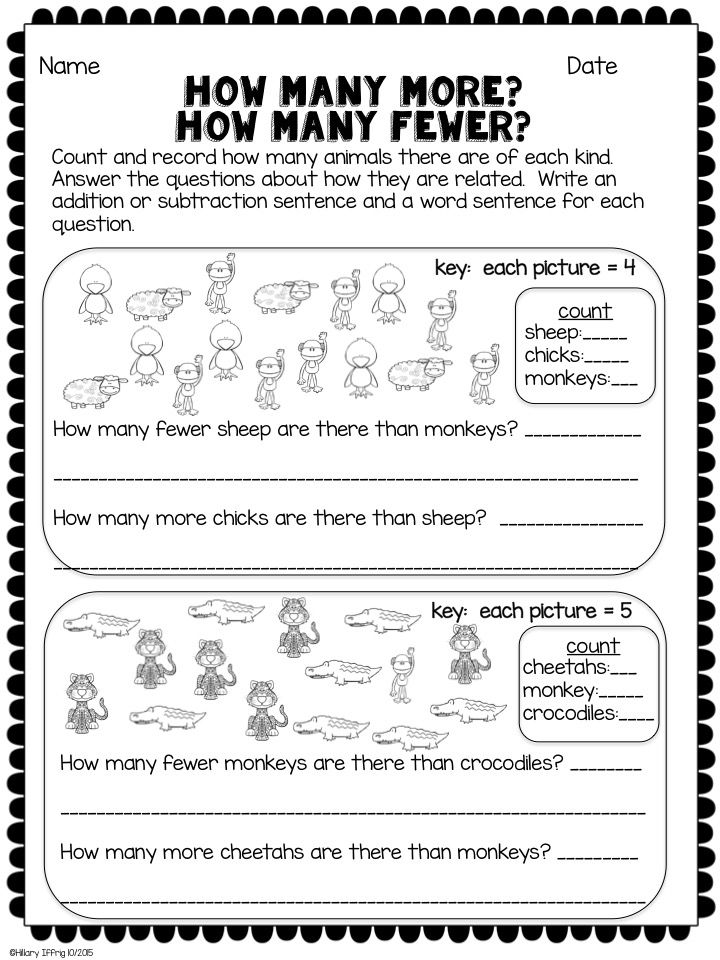
Jazz
Jazz dancing has its roots in seventeenth-century African traditions, brought to the Americas via the Atlantic slave trade as slaves continued dancing traditions in Brazil, the US and elsewhere on the continents.
Known for its improvisational and dramatic body movements, the jazz dancing grew in popularity in early twentieth-century jazz clubs.
Today, jazz dancing builds on African American vernacular dance styles that emerged along with Jazz music in the US. Swing, the Lindy Hop, the Shimmy and the Charleston are popular kinds of jazz dances.
For your Jazz dancers, our range of vinyl floors including Harlequin Studio and Harlequin Allegro offer ideal surfaces for practice and performance.
Jazz Dance
Tap Dancing
Tap dancing is a type of percussive dance characterised by the “tap” of shoes hitting the floor as the person dances. Tap dancers often wear metal “taps” on the heel and toe of a shoe to accentuate the sound.
Often performed as part of musical theatre, tap dancing often focuses on choreography and formations, with more than one tap dancer performing at once.
Tap dancing characterises a range of dances including flamenco, rhythm, classical, broadway and postmodern tap.
As a percussive dance style, tap dancers are looking to achieve a crisp, hollow sound to accentuate their performance. This unique characteristic of tap dancing requires a specialist floor for optimal performance. Harlequin Fiesta is an excellent choice of tap dance flooring for your dance studio or performance space. Lay over a sprung flooring system such as Harlequin Liberty to protect your dancer’s joints and allow them to perform with complete confidence.
Tap Attack on Harlequin CascadeFolk Dance
Folk dancing is celebrated worldwide with people of different cultures and religions using various forms of folk dance to portray emotions, stories, historical events or even aspects of daily life.
Some well known types of folk dance include: Bharatanatyam (India), Samba (Brazil) and Hula (Hawaii). Some cultures may even perform multiple variations of folk dances, with countries like South Korea performing individual dances for key events such as victories in war, farming, music and religion.
Some cultures may even perform multiple variations of folk dances, with countries like South Korea performing individual dances for key events such as victories in war, farming, music and religion.
Folk dances are commonly held at public events, where people can participate regardless of whether they are professional or complete beginners. Such dances are also accompanied by traditional music to further enhance the cultural experience.
Our range of portable performance floors and dance floor hire services are excellent for folk dances held at all types of public venues and events.
Folk DanceIrish Dance
Originating in Ireland, this form of traditional dance has been popular for hundreds of years amongst Irish people and other countries worldwide. Popularised by shows such as Riverdance, Irish dancing is famously known for its fabulous display of footwork and dance formations.
Most Irish dancing events are traditionally accompanied by signing and music. During festivals, dances are held to showcase talent and to compete for trophies or medals.
Whilst most people may recognise Irish dancing as being a group performance, there are many well-known forms of solo Irish dances, such as the stepdance.
For Irish dance floors for your studio or performance space, consider our range of specialist sprung dance floors. Couple with a Harlequin vinyl floor such as Harlequin Standfast to create an excellent quality floor for your Irish dancers.
Riverdance on Harlequin CascadeModern Dance
Considered as being a broad genre of dance, modern dance primarily arose from western countries such as the USA and Germany during the late 1900s. While most forms of dance are structured and feature set steps, the purpose of modern dance is to rely on the dancer’s interpretation of the music and feeling to guide movements.
Modern dance was initially born out of dislike for the limitations of traditional dances such as ballet, which often oppressed dancers with rigid rules and techniques.
Currently, modern dance is enjoyed across the world with participants having the ability to practice ballet dancing without having to place strict focus on their techniques or turnout.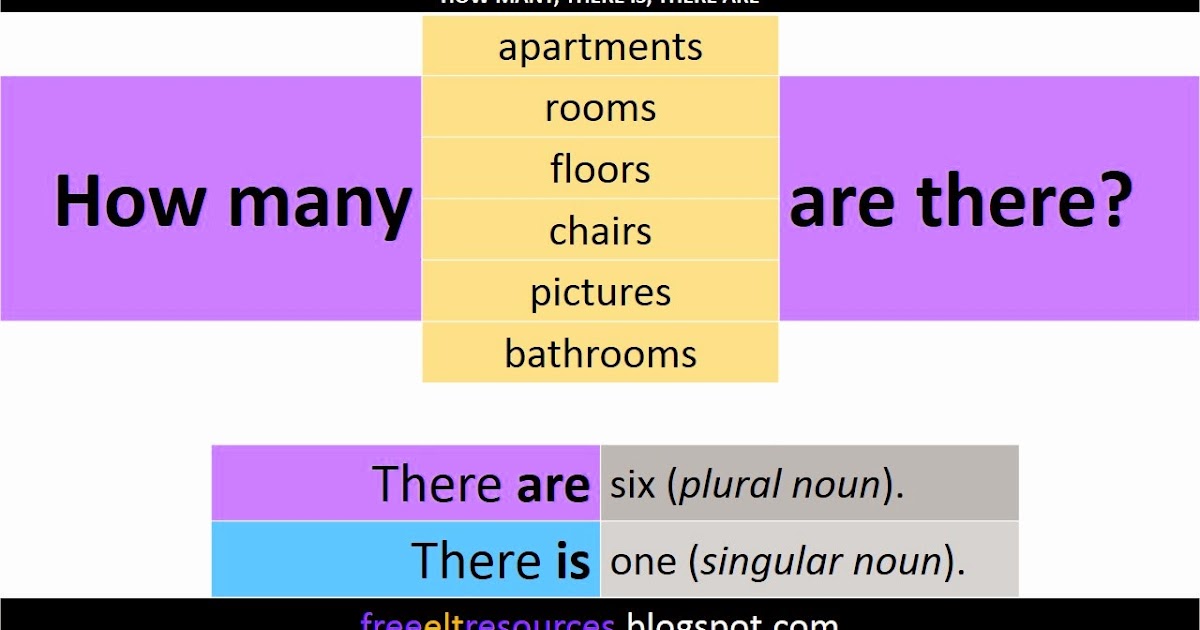 Instead, dancers can choose a piece of music and use unconventional movements to convey emotions or to tell a meaningful story.
Instead, dancers can choose a piece of music and use unconventional movements to convey emotions or to tell a meaningful story.
Inject even more creativity into your performance with Harlequin’s printed vinyl performance floors. Print bespoke designs inspired by your choreography or choose from one of our standard patterns.
Due to the multidisciplinary nature and freedom of modern dance, dancers will also feel at home on many of Harlequin’s vinyl dance floors.
Royal Academy of Dance on Harlequin CascadeSwing
Swing is a variation of jazz dance which developed between the 1920s to the 1940s as a response to the growing popularity of swing jazz in America. With the evolution of music that occurred during the Jazz era, dance also began to change with the likes of swing music encouraging faster, more rigorous movements.
Popular forms of swing dance include the Lindy Charleston, the Jitterbug, Lindy Hop and the Balboa, many of which are still performed today.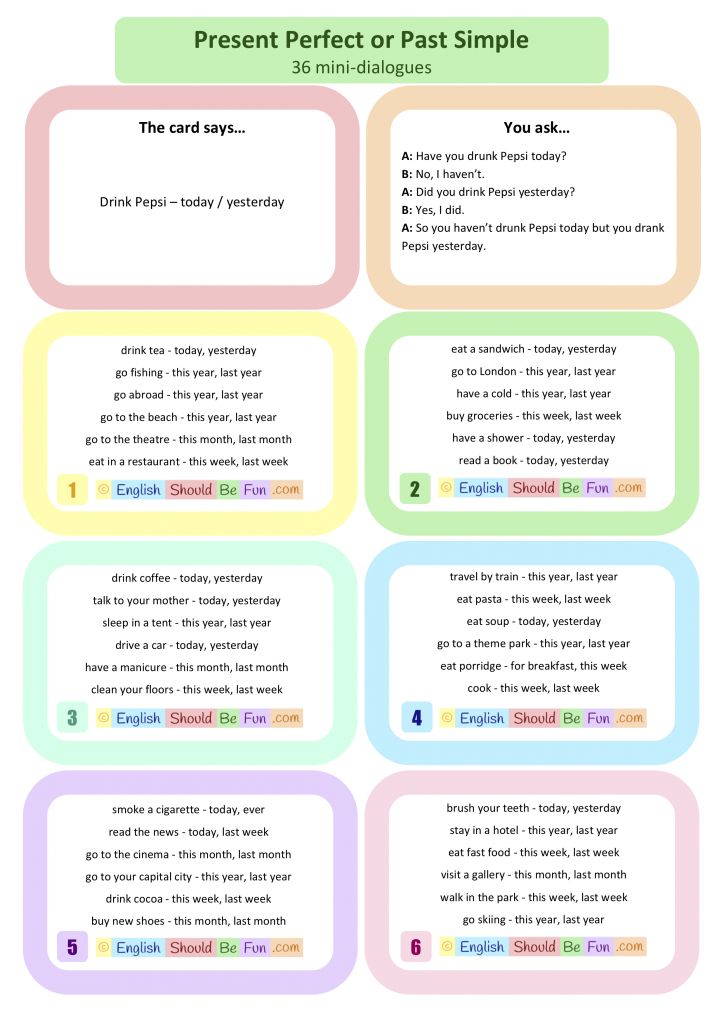 Swing dancing would commonly be accompanied by Big Band musicians who often played upbeat melodies which were smooth and easy to listen.
Swing dancing would commonly be accompanied by Big Band musicians who often played upbeat melodies which were smooth and easy to listen.
Swing dancers will feel at home on our range of vinyl dance floors. Similar to Jazz, Swing dancers can create beautiful performances on Harlequin’s range of vinyl floors such as Harlequin Reversible Pro with a high performance slip-resistant surface to protect your dancers.
Swing DanceFrom home dance practice equipment to portable ballet barres, Harlequin Floors offer a range of professional products perfect for use at home or in the studio – no matter your dance style. Our expert technical teams also offer a dance floor installation service for your Harlequin floor to ensure they are correctly fitted and fully compliant with safety standards.
Contact us online for more advice and information.
Forms and genres of dance art. Modern pop dance
Forms and genres of dance art. Modern variety dance
Describing the types of dance art, it is impossible not to mention the forms and genres.
Form is a way of disclosing content. Content and form are interconnected, one without the other does not exist. The content can only be found through the form. The choreographic form consists of a dance-plastic language, dance and pantomime episodes and scenes, organized into an integral composition. Only the perfection and beauty of form, the refinement and accuracy of expressive means make the content not a good intention, but the real spiritual power of art. The form depends on the content, but it is active and itself influences it. A weak form that does not correspond to the content can spoil the best content. Form is a method of presentation of choreographic material, and how it will be presented - this material, as a choreographic work, will acquire such a form. It should always be remembered that all types of dance art have their own forms, their own features of constructing a dance composition. There are forms specific to each individual type, there are forms common to all types of choreographic art.
General forms include solo, mass, ensemble dances.
There are many more specific ones, let's put some of them in a small table:
| Forms of classical dance: pas de deux, pas de trois, adagio, variation and others |
| Forms of folk dance stage dance: round dance, dance, square dance. |
| Forms of historical and everyday dance: gavotte, minuet and others |
| Forms of ballroom dance - standard (Viennese waltz, tango, slow foxtrot, etc.) and latin (rumba, samba, jive, etc.). |
| Modern is presented in classical dance as ballet and choreographic miniature. |
| Forms of jazz dance are basically plotless divertissement, choreographic miniature. |
| Variety dance - a plot-dance miniature, a plastic sketch, a composition using complex props and special effects, a show. |
Genres in choreography. A genre is an internal variety of a species. Genres contribute to a deeper reflection of reality in art. The division into genres exists in all types of art. Content and form determine the genres of choreography. The specificity of the varieties of genres of dance art is also contained in the subject of the image, in relation to the performers and the choreographer, in the method of conflict development and the musical and plastic embodiment of images:
| Genre name | Characteristic |
| Lyrical |
|
| Dramatic | Plot, but not sharp - the action is calm |
| Tragic | The plot, where the misfortune takes place at the end of the work, the heroes |
| 9,0005 | Juorary |
| Historical 9000 9000 9000 9000 9006. | Grotesque, exaggeration |
| Mythical | Mythical heroes on stage; often philosophical generalization |
| Fairy-tale | Refined beauty; magical, fairy-tale plot, most often addressed to children |
| Pathetic | Sublime, emotionally intense, romantic |
Genres can be simple or complex. Difficult ones are a combination of simple ones together: lyrics - dramatic, tragicomic, etc.
2. Specific features of modern variety dance
Variety dance is a type of stage dance, more often of an entertaining nature, built on laconic means of choreographic expressiveness. This is a musical and choreographic miniature, the idea of which is expressed in a clear dramatic structure: with its exposition, plot, culmination and finale.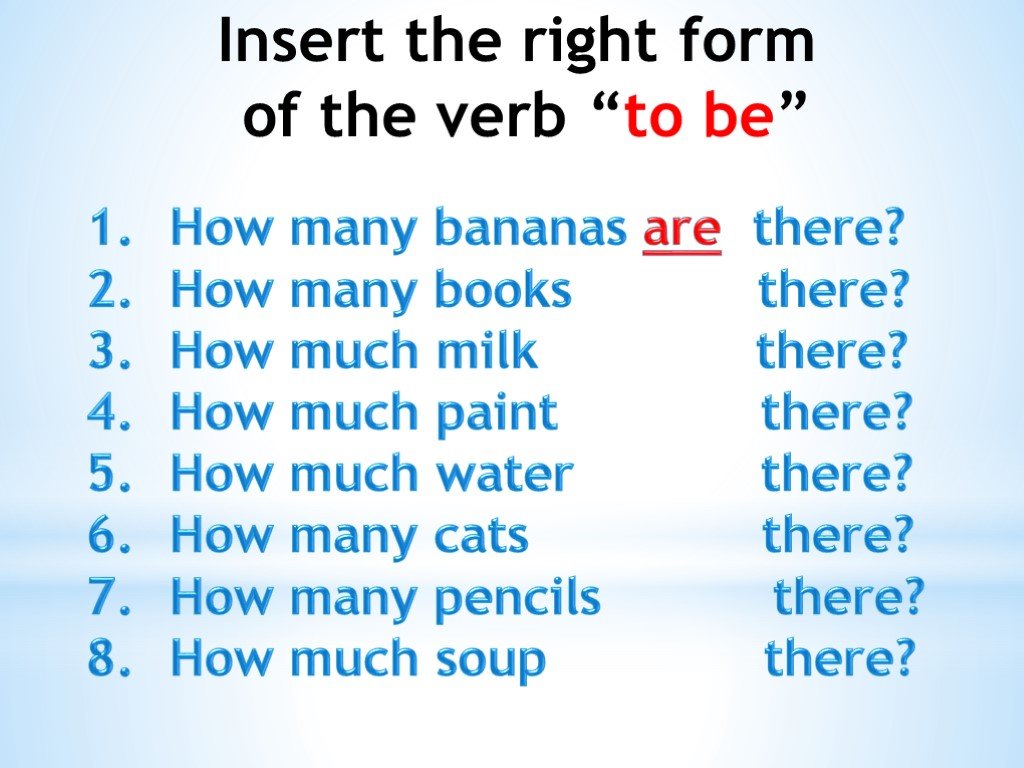 The dramaturgy of pop dance means not only the development of the plot, but also the fact that each episode of the dance number is embodied in an extremely expressive technique - dance-game or just dance. It is also desirable that the pop dance contain an element of surprise - either in the staging decision, or in the very nature of the performance. Unlike other types of choreographic art, pop dance cannot be considered a system. It is multi-genre and diverse. Pop dance is a genre variety of plastic art. This is a dance direction that synthesizes a variety of styles. It may contain elements of classical dance, modern, jazz dance, hip-hop, funk, etc.
The dramaturgy of pop dance means not only the development of the plot, but also the fact that each episode of the dance number is embodied in an extremely expressive technique - dance-game or just dance. It is also desirable that the pop dance contain an element of surprise - either in the staging decision, or in the very nature of the performance. Unlike other types of choreographic art, pop dance cannot be considered a system. It is multi-genre and diverse. Pop dance is a genre variety of plastic art. This is a dance direction that synthesizes a variety of styles. It may contain elements of classical dance, modern, jazz dance, hip-hop, funk, etc.
The origins of pop dance lie in folk art, its early forms existed in Russia in the performances of dancers in Russian and gypsy xopax, at folk festivals since the middle of the 19th century. At the beginning of the twentieth century. the stage genre of dance lubok appeared on the stage in the performances of satirical coupletists and dancers, from which the tradition of a comedy number based on folklore began. Before the First World War (1914-1918), “salon” and “decadent” dances based on the then fashionable ballroom dances (tango, cake walk, etc.), complicated by elements of acrobatic supports, were popular on the stage.
Before the First World War (1914-1918), “salon” and “decadent” dances based on the then fashionable ballroom dances (tango, cake walk, etc.), complicated by elements of acrobatic supports, were popular on the stage.
The Soviet dance stage inherited the experience of pre-revolutionary art, but the repertoire needed updating. From the beginning of the 20s. new varieties of pop dance appeared, including a plot dance miniature. These dances were distinguished by energetic rhythms and the same plasticity. The best performances were characterized by dramatic completeness, ideological content, and intelligibility of expressive means. Review performances were staged with dance scenes built on the basis of everyday plasticity, solved eccentrically. The work of the famous Kasyan Yaroslavovich Goleizovsky in the field of the development of pop dance is interesting. At 19In 28, he created the dances of the girls. It is generally accepted that the genre of "girls" is borrowed from the Western music hall. In fact, only the word “girls” was borrowed (from the English girls - girls). The main dance technique of this genre - the synchronous repetition of the same movements by all participants - has always been inherent in choreography. In Goleizovsky's room, the girls, dressed in stylized swimsuits built according to their height, like a ladder, went out one after another in a chain. Their movements were very simple, but clear in rhythm, and thanks to the synchronism of their performance, they acquired expressiveness and merged into a plastic ornament. But this ornament was constantly changing (turning or tilting the head, opening the hand or only the palms, etc.), the chain was either stretched or compressed. The movements of the dance were mostly of a cancan character. At the end of the number, a figure was performed, creating the illusion of a crawling snake. The difference between the dance of K. Ya. Goleizovsky was that he applied a complex rhythmic pattern of dance, which required high professionalism of the performers - musicality, an ideal sense of the ensemble.
In fact, only the word “girls” was borrowed (from the English girls - girls). The main dance technique of this genre - the synchronous repetition of the same movements by all participants - has always been inherent in choreography. In Goleizovsky's room, the girls, dressed in stylized swimsuits built according to their height, like a ladder, went out one after another in a chain. Their movements were very simple, but clear in rhythm, and thanks to the synchronism of their performance, they acquired expressiveness and merged into a plastic ornament. But this ornament was constantly changing (turning or tilting the head, opening the hand or only the palms, etc.), the chain was either stretched or compressed. The movements of the dance were mostly of a cancan character. At the end of the number, a figure was performed, creating the illusion of a crawling snake. The difference between the dance of K. Ya. Goleizovsky was that he applied a complex rhythmic pattern of dance, which required high professionalism of the performers - musicality, an ideal sense of the ensemble.
One of the principles inherent in modern variety dance is improvisation. Just like in jazz dance, the performer must be creative in the dance, just the mechanical repetition of certain movements is inappropriate in this case. The performer must be able to express himself, his state through dance.
The individuality of the performer plays an important role in modern pop dance. This is not surprising, because pop dance is not just a sequence of memorized movements, it is a small dance performance. And the performer must have not only dance, but also acting talent.
The main characteristics of variety performances include easy adaptability to a variety of conditions, concentration and concentration of artistic and expressive means and short duration. In other words, let's highlight the fundamental features in the field of expressive means, technology and aesthetics of pop dance:
- the composition of pop dance should be designed to change the stage, should be bright, clear on any stage, the picture should also be concise;
- the ultimate concentration of expressive means, allowing the performer to express his individuality as brightly as possible;
- limited time, as the dance is an element of a large concert program.
Depending on the genre technique used in pop dance, it is classified as everyday, classical, rhythmic (step, tap), plastic, acrobatic. Variety dance is characterized by the synthetic expressive means of choreography, directing, lighting, vocals, music, scenography, costumes and scenery, and various technical effects. It was this feature of his that became the basis for the emergence of a new direction in the stage - the show.
The height and shape of the heel for dancing
H In the modern market today there is a huge number of not even shoes, but companies producing them. They produce and offer you and me the most diverse dance shoes. It differs in quality of execution and in style. It differs in the method of production: there are high-tech shoes made practically without human intervention, and exclusive series, where everything is done by the hands of a master from beginning to end. It differs in the materials that were used for its manufacture and in its functional purpose: everyday, sports, tourist and extreme, professional, shoes for ceremonial outings, dance .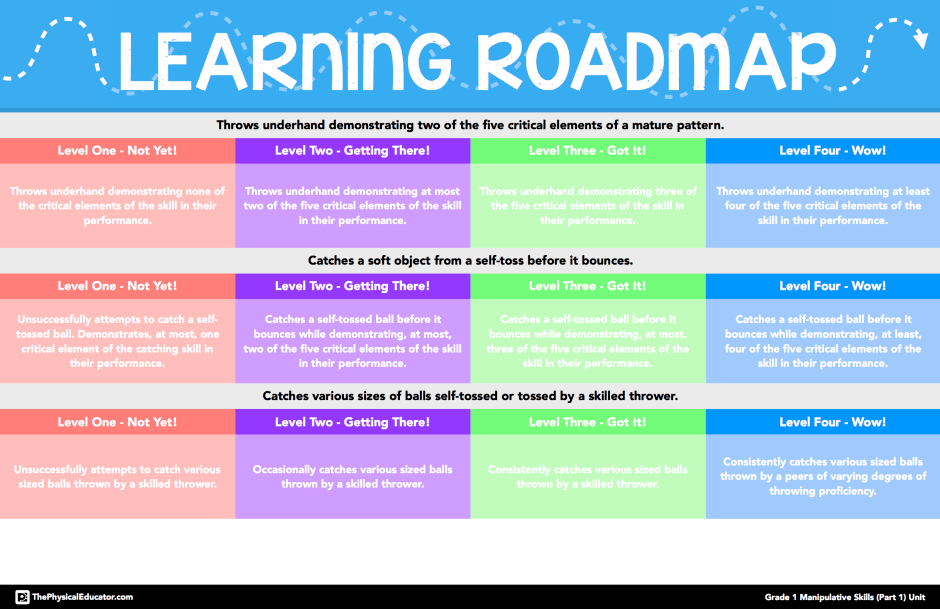 ..
..
By it would seem that among all this variety of shoes it would be easy and simple to find a pair for dancing. Don't be fooled. If you set high goals for yourself, seriously engage in the studio and participate in competitions and tournaments, then you will have to spend a lot of time and effort searching for companies that produce high-quality dance shoes. And then, just as many more to find that one pair that you need.
In the world has a great variety of dances, and for each of them there is a very specific, specific type of footwear: pointe shoes for ballet; shoes with heels - for ballroom dancing; shoes with low, wide and stable heels - for folk dances; sneakers with a special sole - for sports and acrobatic dancing; tap dance shoes; and for the first dance steps of the kids - Czechs.
M Moreover, there is still a division within its narrow focus. So, in ballroom dancing there is a division into shoes for the European standard, for the Latin American program, training and competitive.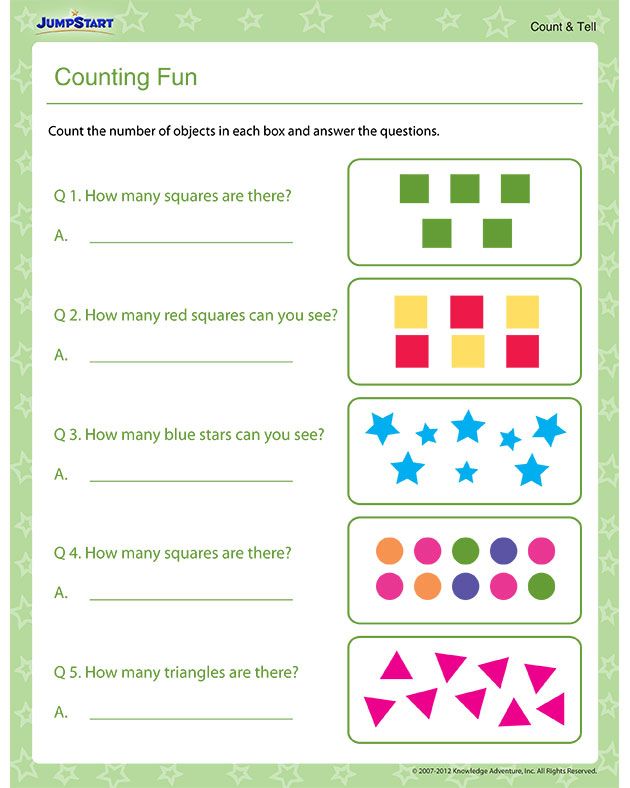 What kind of shoes, at what stage is needed, the coach will tell you.
What kind of shoes, at what stage is needed, the coach will tell you.
H There are also general recommendations. So, dance shoes should be light, durable, easily bendable in the sole, stable. It must guarantee optimal adhesion to the parquet. When choosing a model, special attention should be paid to His Majesty the heel, because he is almost the most important thing in ballroom shoes. Its presence is mandatory, both for the partner and the partner, because only the heel helps to maintain the correct balance and position in the pair.
Starting from , today, for heels in their models, manufacturers use, along with traditional materials (leather, wood), also materials that are not yet typical for ballroom shoes, such as metal and plastic. Let's suppose that for the European program such originality may turn out to be slightly risky. But in an emotional Latin American dance, it may turn out to be quite appropriate, and will help complete the image you have conceived.
H As for heels in ball shoes, there is one requirement, the execution of which is mandatory in all models - the heel must be located centrally relative to the heel.
The most popular heel height for women in ballroom shoes varies from 5 to 9 cm. For men, shoes for the European program have a wide stable heel 2-2.5 cm high, and for Latin American dances, a heel height of 4-4.5 cm is more comfortable.
From , among the whole variety of heels, they can be divided into 3 not very clear groups according to their shape: flare (flare heel), thin (slim heel) and contour (contour heel) . The former are deservedly considered the most stable. Additional support for them is provided by a wider part near the floor. Fans love the second one for a more elegant look on the leg, although this is a subjective opinion. The third is only gaining popularity.
Since the most popular heel height for women in ballroom shoes varies from 5 to 9 cm.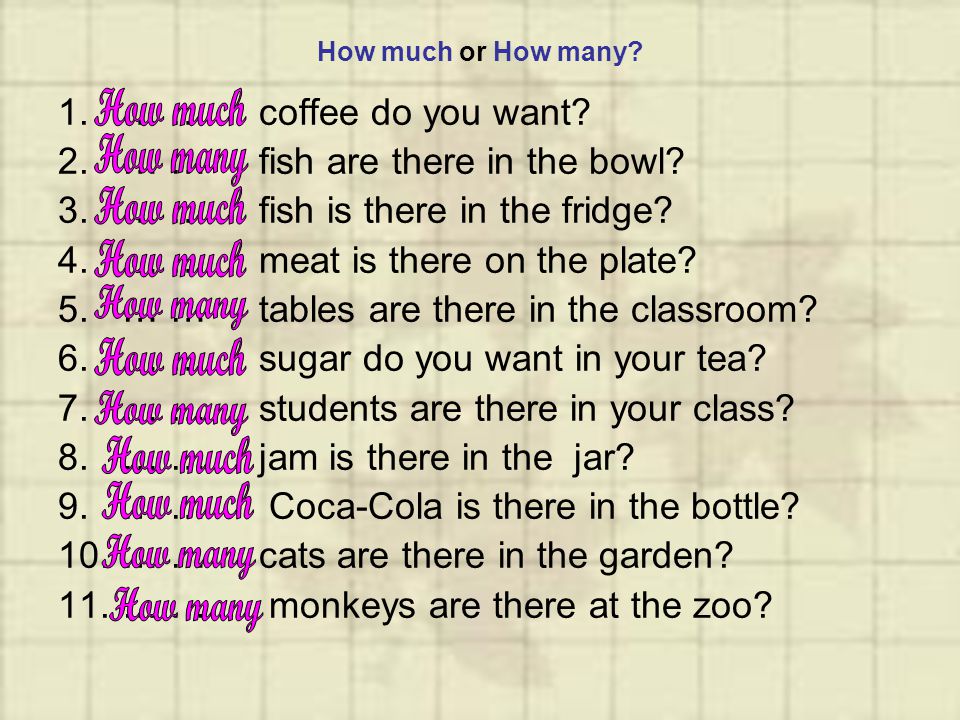
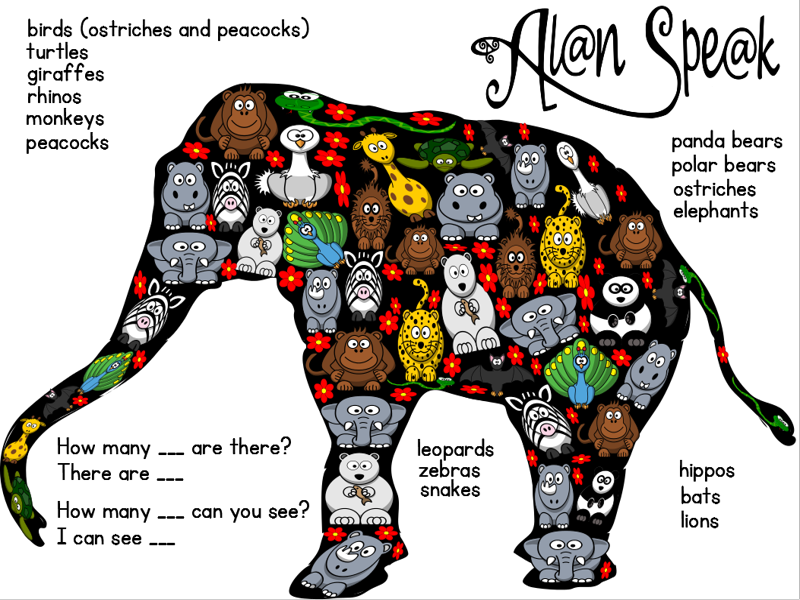
 Satirical
Satirical 



